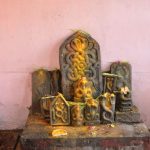Holi is a spring festival, a celebration of the season of renewal. It is as colourful and joyous as the season itself.
The Myriad Colors of the Holi Festival
This festival is colourful, not just in the celebration, but also in the various versions of it across India, and the legends associated with it.
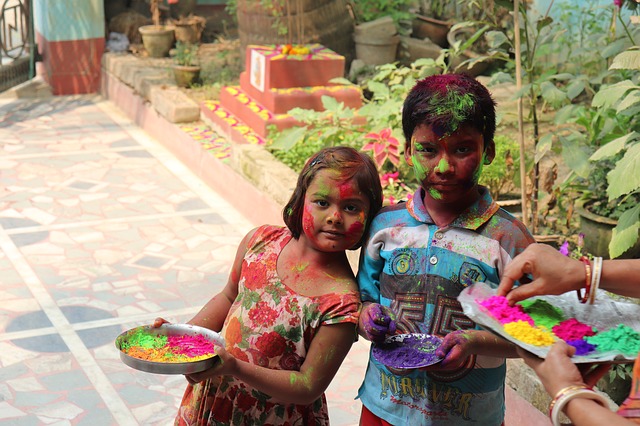
Holi Festival celebrates the season of rejuvenation after winter comes to an end. It celebrates new beginnings, it honours love, and it salutes life itself. The Indian Diaspora has taken this festival across the world. Holi is now celebrated in many countries besides India.
The Legends of Holi
Like all festivals, Holi’s origin is steeped in legend. Here are a few:
The Burning of Holika – Triumph of Good Over Evil
Hiranyakashipu was a demon king who had become invincible because of several boons he had acquired. He hated Lord Vishnu and forbade anyone to even mention his name. However, his own son Prahlada, a mere child, was an ardent devotee of Mahavishnu. Nothing that Hranyakashipu did could dissuade him from his devotion. So, Hiranya tried to kill his own son, in several ways. Prahlada’s faith protected him, so all of these attempts fail.
Finally, Hiranya asked his sister Holika to trick Prahlad into entering a pyre. Holika had a special boon, she was immune to fire. So, she entices her nephew to step into a pyre. However, there is a condition that Holika would emerge unscathed from the fire only if she entered it alone. As she has tricked her little nephew into accompanying her, her special power does not work and she dies, while Prhalda steps out unscathed.
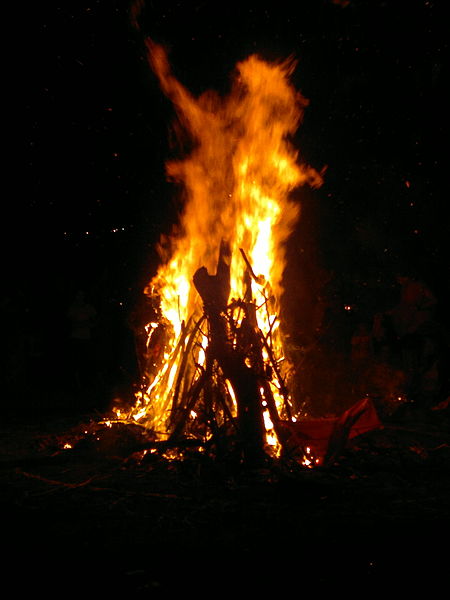
To this day, people in North India light bonfires during Holi in a reenactment of the burning of Holika and celebrate the escape of the young devotee Prahlada.
The Ogress Dhundhi
During the reign of King Prithu, there was a monster named Dundhi. She constantly harassed children. Dhundhi always came out when they were playing and would make life miserable for them. She was immune to weapons, to heat or cold, she could not it be killed by men or gods, as a result of the boons she had acquired. The desperate king sought the advice of a wise man. The old man told him that Lord Shiva had cursed the demoness that she would be killed by the exuberant and boisterous antics of boys. So, the king arranged for the lighting of a bonfire and asked young boys to go around it hurling sticks and stones in it, verbally abusing the ogress. Indirectly harmed by these antics, the ogress dies.
The Story of Kama Dahanam and His Revival – Celebrating Love
In the South, this festival commemorates the legend of Kamadahana. In her incarnation as Sati, Parvati kills herself when her own father insults herself and her husband Lord Shiva. However, the Devas and Rishis want the divine couple Siva and Parvati reunited for the good of the world. But Lord Shiva is leading a life of asceticism, while Parvati is meditating to get back with him. The Devas send Kamadeva, the god of love, to shoot his arrow at Shiva to entice him to get back with Parvati again. Unfortunately, Lord Shiva in anger burns Kamadeva with his third eye.
Upset by this Rati, the distraught wife of Kamadeva appeals to Lord Shiva. He then realizes that Kamdeva had come at the behest of the Devas, and so restores Kamadeva to life in such a way that he is visible only to Rati. Another version says that Parvati herself restored Kamdevaye fully back to life. Many places in South India celebrate this occasion as Kama Festival, instead of Holi.
Radha and Krishna – Colorful and Youthful Celebration of Life
Young Krishna, while in Vrindavan, falls in love with a gopi, Radhika. He is unsure if the fair-skinned Radha would love him, as he is very dark-complexioned. His skin has turned completely black because of the poisonous milk given to him by a demoness who had tried to kill him when he was a child.
Yashoda teasingly yells Krishna to smear some colour on Radha to hide her fair skin. Krishna then starts a game where he smears colours on all the gopas and gopis, including Radha. Then they smear him with colour too, while Radha tells Krishna that she loves him.
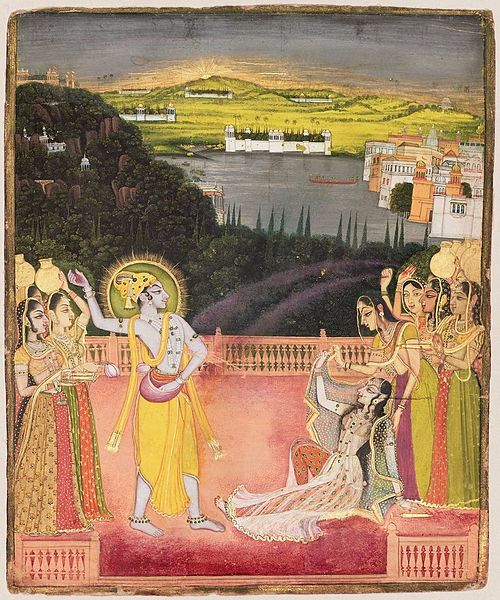
This prank of Krishna became a custom and that is how Holi became a festival of colours.
Holi History
The Puranas and Poet Kalidasa describe Holi Festival. The Sanskrit Drama Ratnavali, composed during the 7th century, also contains a description of this festival.
Holi celebrates spring and renewal. It may have started as an agricultural festival, honouring the fertile land and good harvest. It celebrates spring’s bounty, and the myriad colours it ushers in. The colours of Holi salute the colours of the spring season.
During the Mughal reign, many of the Mughal Emperor participated in the Holi celebrations. Many paintings depict the emperors taking part in the festivities. The walled city of Delhi played host to several Mehfils. Royalty and rich merchants attended these shows. Poets like Ibrahim Raskhan and Amir Khusrau have described the festival. In fact, Emperor Bahadur Shah Zafar composed a song about the festival of Holi.
Maharaja Ranjit Singh celebrated Holi on a grand scale. Records suggest that 300 mounds of colours were used in the exuberant Holi celebrations held in the Bilawal gardens. In 1837, Sir Henry Fane, Commander-in-Chief of the British Army in India joined the celebrations. The Holi tradition was continued by Ranjit Singh’s sons.
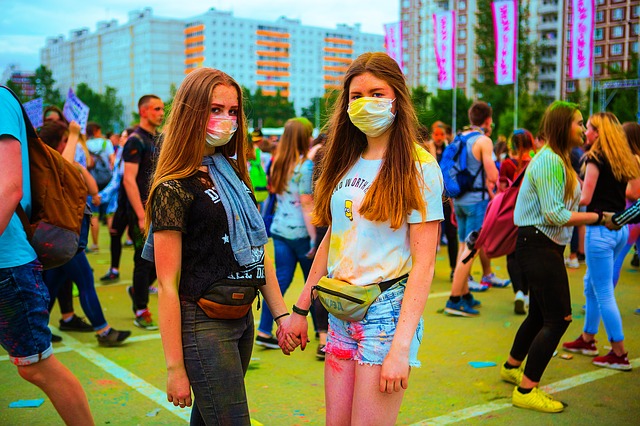
Holi Across India and Across the World
The festival of Holi is celebrated across India. In the North, it is mainly a celebration of people getting together and playing with colours. In South India, the Kama Dahana legend is more significant. So it is celebrated as Kama Festival.
In the North, Holi is a two-day festival. Children and adults gather wood to light the bonfire that symbolizes the burning of Holika. This occurs on the eve of Hol.
Holi is celebrated by non-Hindus like Jains and Newar Buddhists celebrate this festival. Sikhs celebrate Holi as Hola Mohalla. Guru Gobind Singh made Holi a 3-day festival. The first day of the traditional Holi, while on the second and third days, Sikh soldiers practised martial arts. And competed in archery and other contests.
Holi celebrations occur in other countries with a large Indian diaspora, like Suriname, Trinidad & Tobago, Guyana, Fiji, United States, etc.
The Color Festival Rituals
Preparations start many days before Holi. Children and adults gather wood for the bonfire. Slowly, they pile up a huge stock of wood, sticks, and twigs. On the eve of the festival, the custom of burning an effigy of a demoness occurs. This symbolizes the burning of Holika, who tried to kill her nephew Prahlada. It is also a reenactment of the bonfire which indirectly killed the ogress Dhundhika. So, children throw sticks and stones into it and shout abuse at the ogress who harassed children a long time ago.
The next day, the play of colours begins. Adults, as well as children, spray colours on each other in a gleeful celebration, echoing the colours of spring, as well as enacting the play of Krishna and the Gopis. There are no pujas or ceremonies on this day, it is just a day of fun and frolic, with adults unleashing the children within them and join the kids in the festivities.
In the South, Holi becomes Kaman Pandigai or Kamadanam. There is no play with colours. Here, people recall the tale of Kama Dahanam. Women sing songs of lament, reflecting the sorrow of Rati. Then, people begin the celebration after Lord Shina revives Kamadeva, thus symbolically rekindling love and romance in the world.
Making the Festivities Eco-Friendly
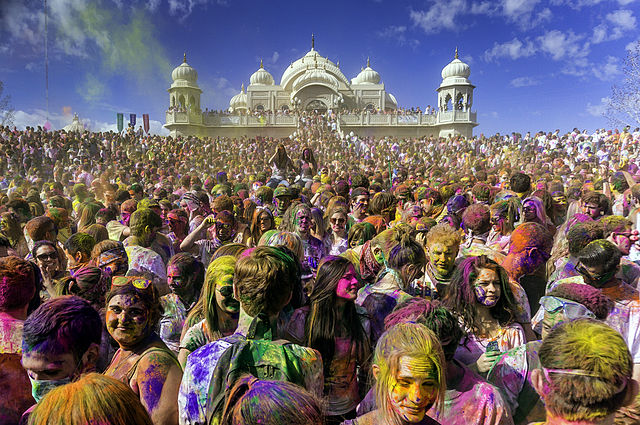
Traditionally, Holi colours were made from natural materials like turmeric, kumkum, neem, mehndi, etc. Later, with the increasing and easy availability of vivid chemical colours, people began to use these. However, in recent years, awareness about the harmful effects of chemical colors, both on the human body and on the environment, has risen. There is a movement to go back to the use of the old colours. Children are now learning to make colours from natural materials. This makes Holi celebrations safe for all.
The Significance of This Festival
Holi is a festival that crosses ethnic and religious barriers. Even some of the Mughal Emperors participated in the exuberant Holi celebrations of the people. It is a time for people to get together, forgive and forget past misunderstandings and renew relationships. It is also a time to make new friends, to celebrate the arrival of spring, to celebrate love and life.





